If you're planning a trip to Spain and can't decide whether to go with Barcelona or Madrid, you've come to the perfect spot!
Being a travel blogger residing in Barcelona, I understand the challenge of picking between these two amazing cities.
Each provides a unique experience, catering to those who are attracted to historical sites, exceptional cuisine, or vibrant evening scenes.
In this Barcelona vs Madrid guide I'll highlight the main distinctions to assist you in choosing which location aligns with your travel preferences.
From top attractions to local experiences, you’ll get all the details to make the best choice for your trip. Let’s get started!
Which Is Better: Barcelona or Madrid?
Choosing between Barcelona and Madrid depends on what type of trip you want. Barcelona is better if you want a mix of city and beach, stunning Modernist architecture, and a more relaxed pace.
What I love about Barcelona is the sunny Mediterranean vibe and being able to walk from iconic spots like La Sagrada Familia to the waterfront in the same day.
On the other hand, Madrid is better if you’re looking for grand plazas, top-tier museums, and a more traditional Spanish atmosphere.
It feels more traditional and fast-paced, but that energy makes it great for nightlife, cultural events, and top-of-the-line tapas bars.
So, if you’re after Gaudí’s colorful buildings and Mediterranean vibes, Barcelona wins—but if you want historic charm and a deep dive into Spanish art and history, Madrid is the way to go.
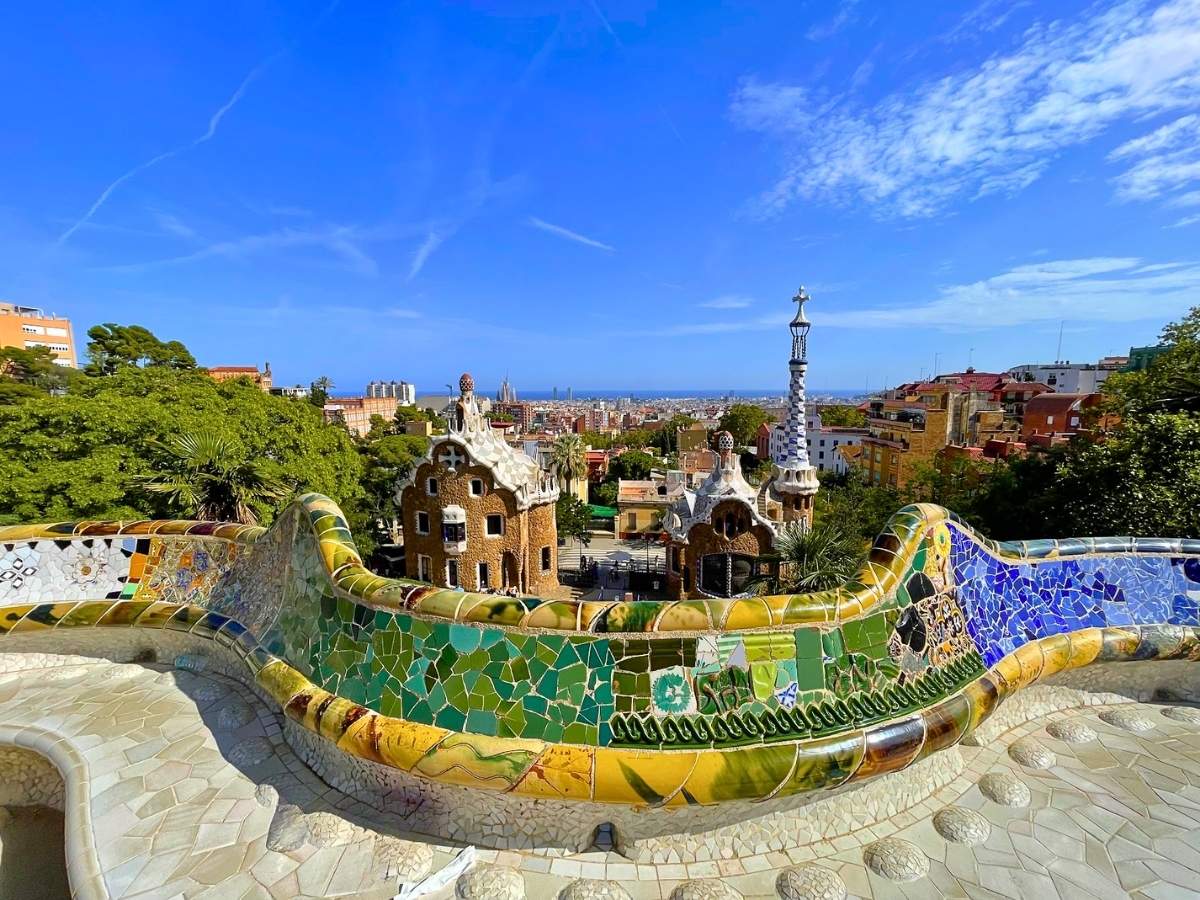
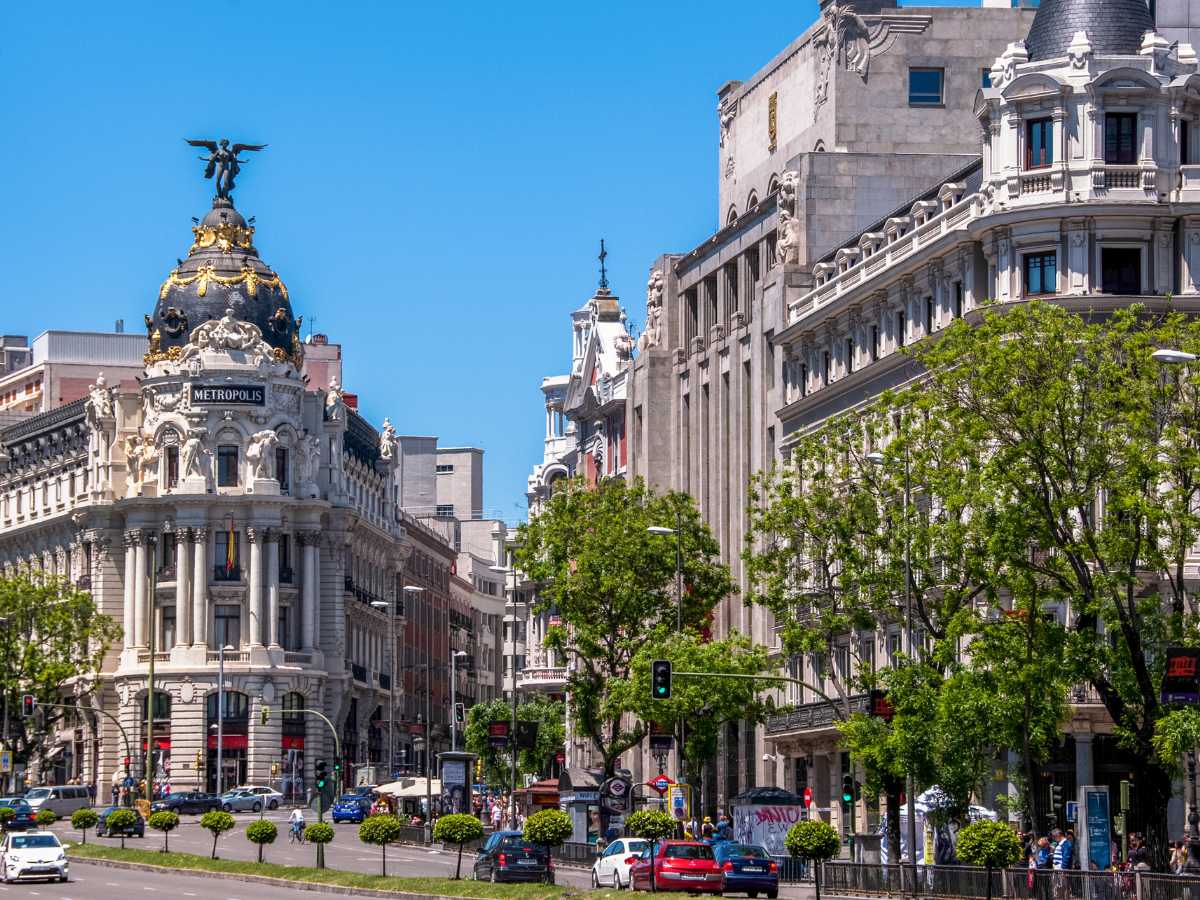
Barcelona vs Madrid: Overview
Both cities offer unique experiences that make them worth visiting, but they cater to different types of travelers. Here’s a closer look at what each city is like:
About Barcelona
Barcelona is a seaside city located on the Mediterranean Sea, combining historical allure with contemporary amenities.
It’s famous for Antoni Gaudí’s architecture, including La Sagrada Familia and Park Güell , lending the city its distinct appearance.
The atmosphere in Barcelona is laid-back, with a strong cafe culture, open-air markets, and scenic beachfront areas.
Areas such as the Gothic Quarter and El Born highlight ancient lanes, whereas Eixample is recognized for its broad boulevards and sophisticated structures.
Apart from its famous attractions, Barcelona boasts a unique character defined by Catalan culture, evident in local customs, food, and the spoken tongue.
Although Spanish is commonly used, Catalan holds official status and is the predominant language you will encounter throughout the area.

About Madrid
The capital city of Madrid, situated at the heart of Spain, is renowned for its magnificent buildings, stylish boulevards, and vibrant cultural atmosphere.
This place houses famous museums including the Prado and Reina Sofía, along with historical landmarks like the Royal Palace.
In contrast to Barcelona, which heavily emphasizes Catalan culture, Madrid provides a more classic Spanish atmosphere, featuring flamenco performances and ancient tapas bars.
Although there isn’t a beach, the city compensates with stunning parks such as El Retiro and a vibrant nightlife that continues until dawn.
Another standout feature is the culinary scene, featuring traditional Spanish delicacies such as Iberian ham, churros dipped in hot chocolate, and some of the finest tapas establishments in the nation.
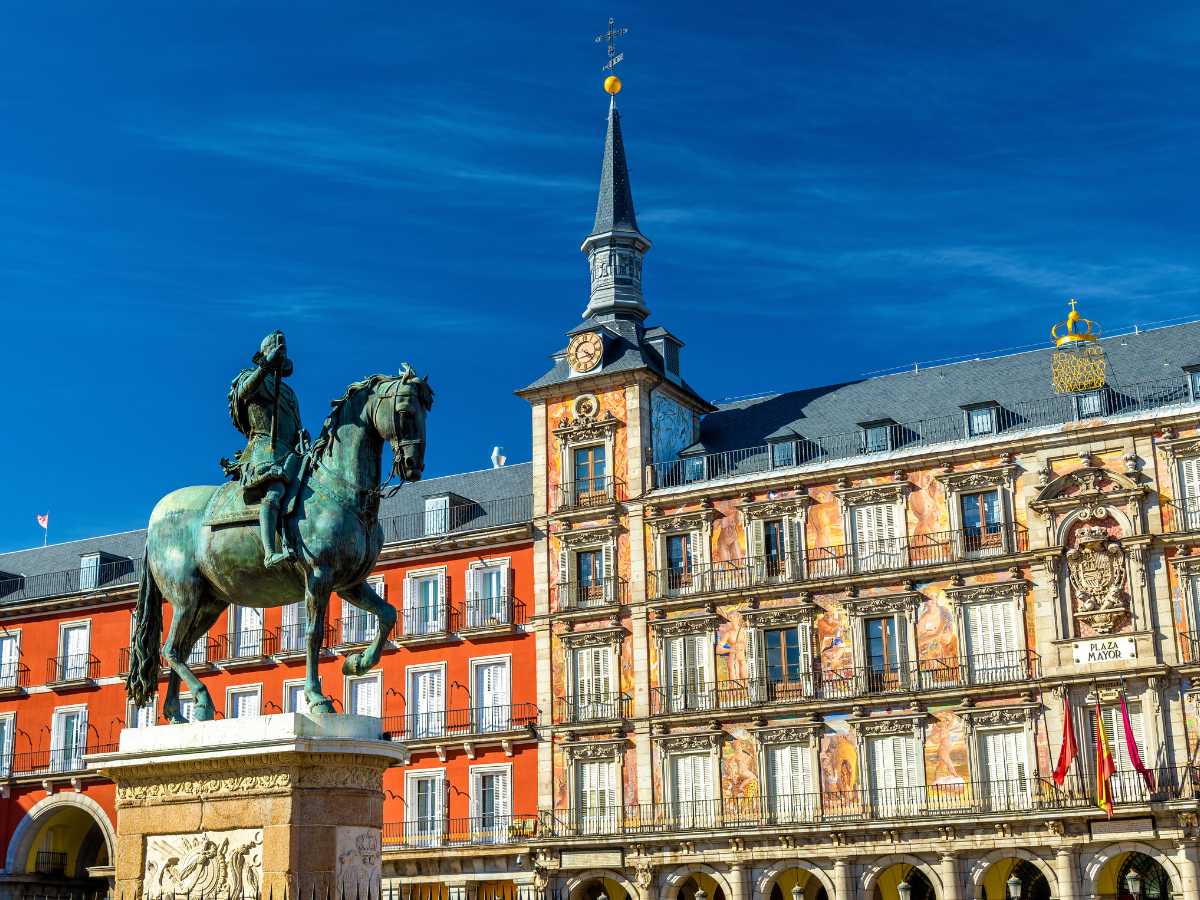
Barcelona versus Madrid: Advantages and Disadvantages
Every city comes with advantages and disadvantages. Below is a brief overview:
Pros of Barcelona
- Impressive architectural designs, featuring Gaudí’s masterpieces
- Beaches and coastal scenery
- Warmer winter temperatures
- Lots of outdoor activities
- Very walkable
Cons of Barcelona
- More expensive
- Higher risk of pickpocketing
- Crowded with visitors, particularly during summertime.
- Catalan culture, which is not typically considered Spanish.
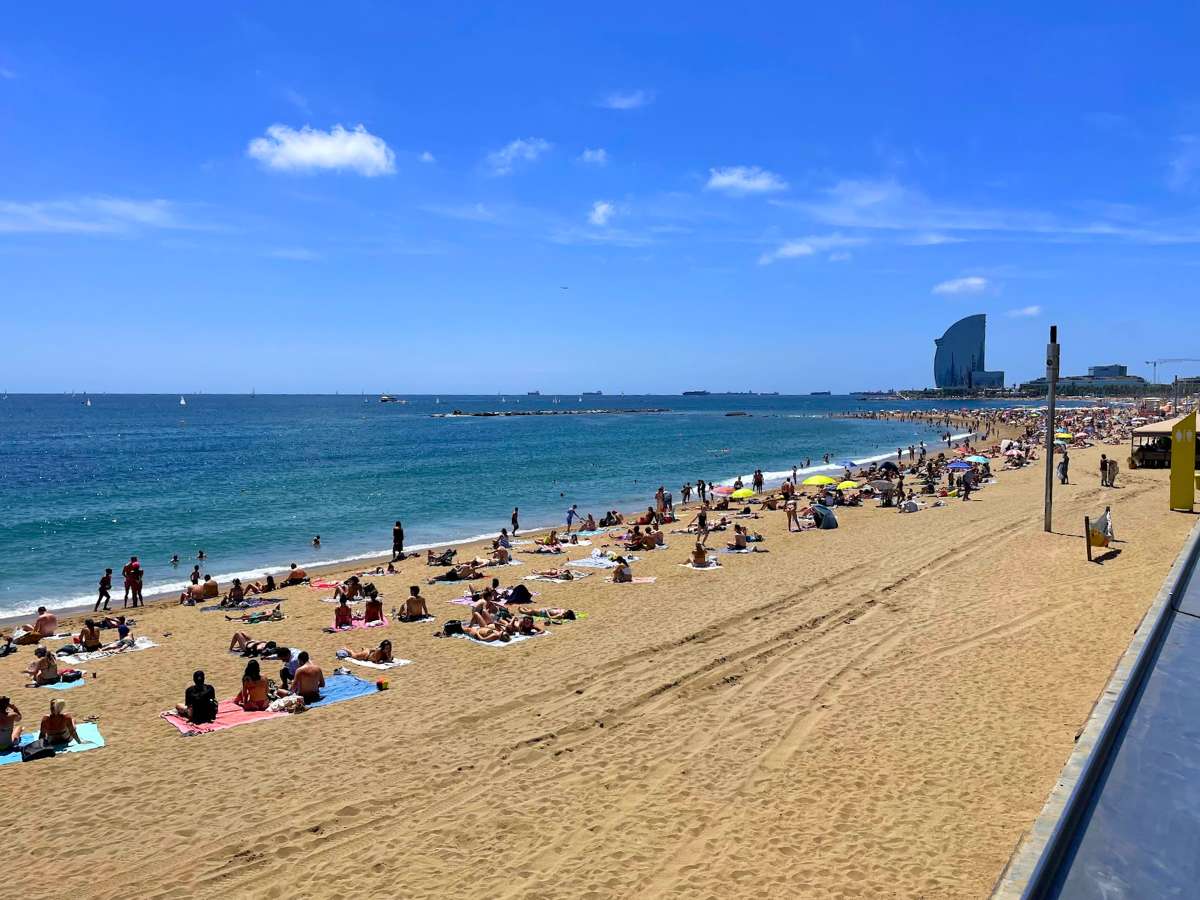
Pros of Madrid
- Fantastic museums and cultural sites
- Exciting night scene featuring bars and clubs that stay open late
- Safer and more affordable
- Authentic Spanish culture
- Centrally located
Cons of Madrid
- No beach
- Lower temperatures during the wintertime
- Not as visually impressive as Barcelona
- Heavier traffic and congestion
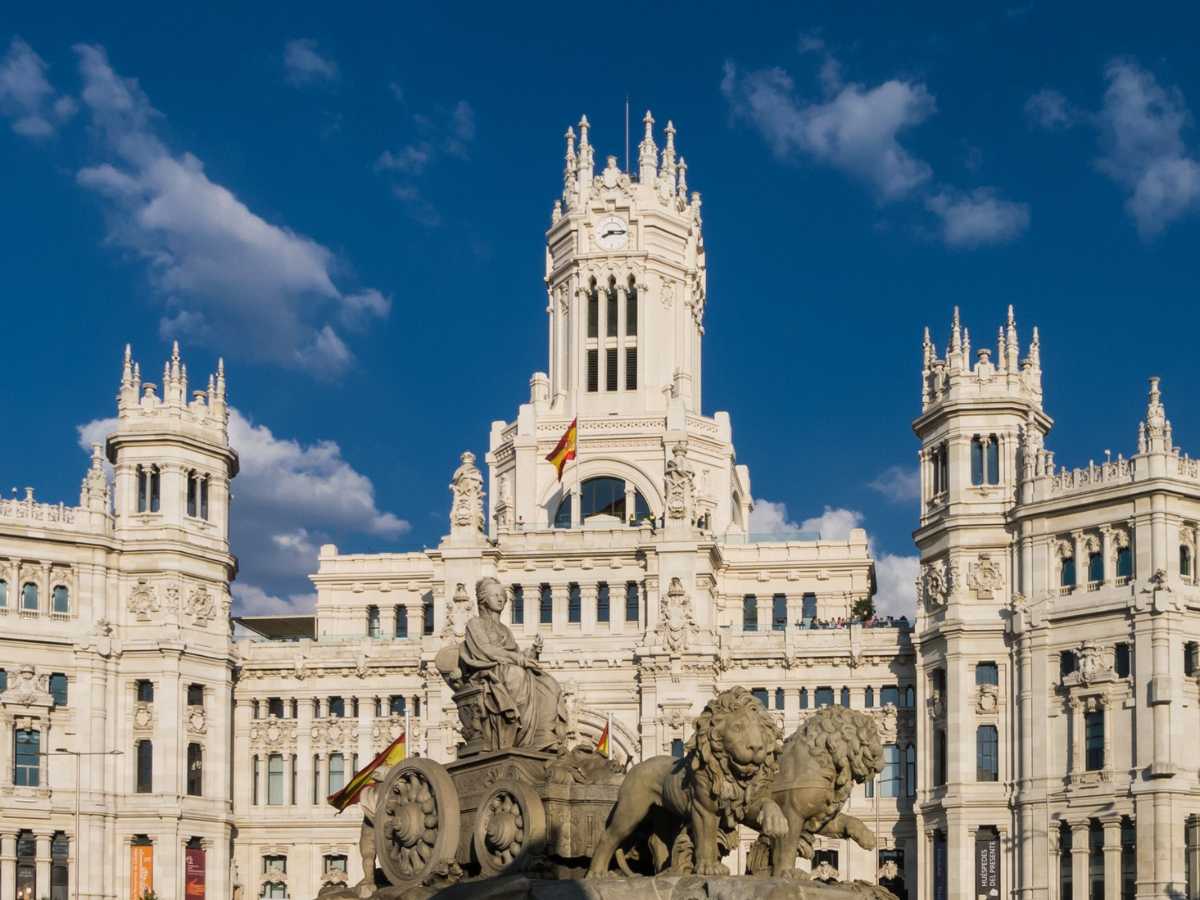
Barcelona versus Madrid: Venue and Ease of Access
Both urban centers have excellent air and railway links, facilitating their accessibility from both international and national locations.
How to Reach Barcelona
Barcelona has excellent connectivity via air, rail, and roads, facilitating straightforward access from all locations.
The primary airport, Barcelona El Prat (BCN), handles both international and domestic flights. You can reach it as follows: The distance from Barcelona Airport to the city center Using Aerobus, metro, train, or taxi.
Getting around in Barcelona It's straightforward—a very pedestrian-friendly city with an expansive public transportation network featuring metros, buses, and trams.
If you're heading to different areas of Spain, Renfe (the country's primary rail provider) provides train services connecting to local towns and major urban centers.
Car-sharing options such as FreeNow, Cabify, and Uber are accessible for additional ease.
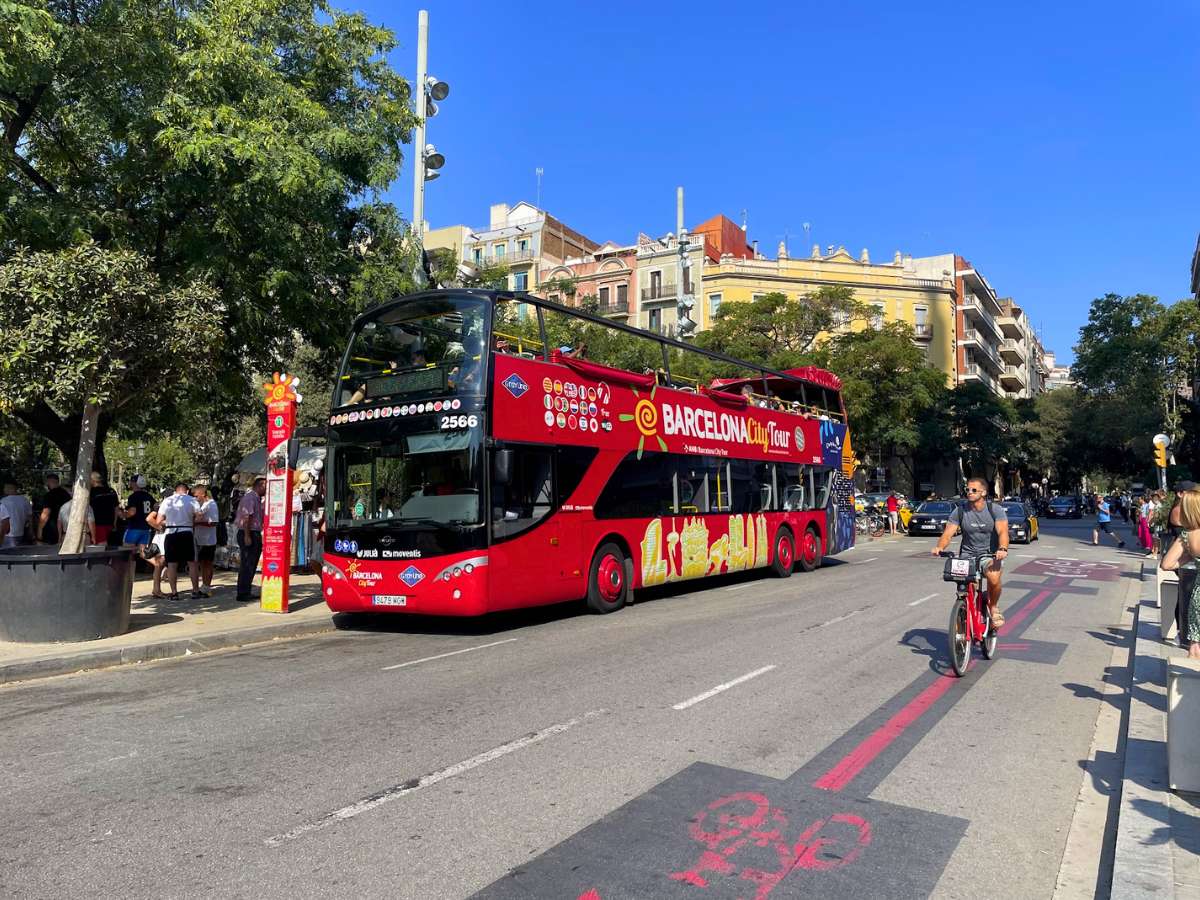
How to Reach Madrid
Due to its strategic position, Madrid serves as a key transportation center featuring top-notch air, rail, and road links.
The primary airport, Adolfo Suárez Madrid-Barajas (MAD), manages routes for both international and domestic flights.
At the airport, you can get to the city center via subway, airport express bus, railway, or taxi. In Madrid, navigating becomes straightforward thanks to an effective public transportation network comprising subways, buses, and suburban trains.
If you're looking to explore other Spanish cities, Renfe’s high-speed AVE trains provide swift travel options for destinations such as Barcelona, Seville, and Valencia.
Car-sharing options such as FreeNow, Cabify, and Uber can be utilized.
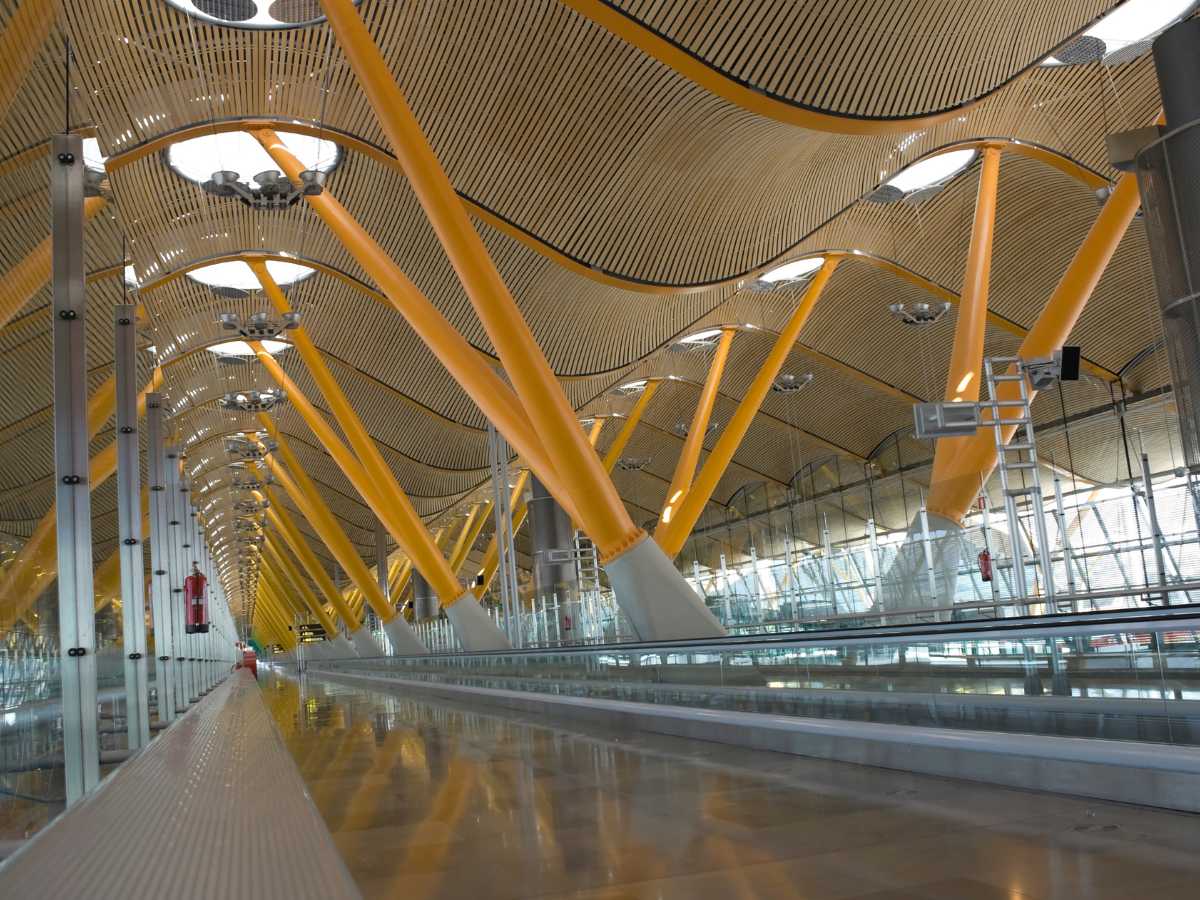
Barcelona versus Madrid: Who Do They Match Up Well Against?
Now, let’s discuss which type of travelers each of these Spanish cities caters to.
For whom is Barcelona most suitable?
Barcelona is ideal for visitors seeking a blend of urban exploration and seaside activities.
This is an excellent choice if you value distinctive architectural designs, picturesque vistas, and a more relaxed ambiance.
Food lovers, art enthusiasts, and digital nomads also tend to enjoy Barcelona’s cosmopolitan vibe.

Who is Madrid best suited for?
Madrid is best for travelers looking for a classic Spanish experience with classic architecture, world-class museums, and a lively food scene.
It’s a great choice if you enjoy history, art, and exploring traditional neighborhoods filled with tapas bars and local markets.
The city’s energy makes it perfect for those who love nightlife, cultural events, and a fast-paced urban atmosphere.
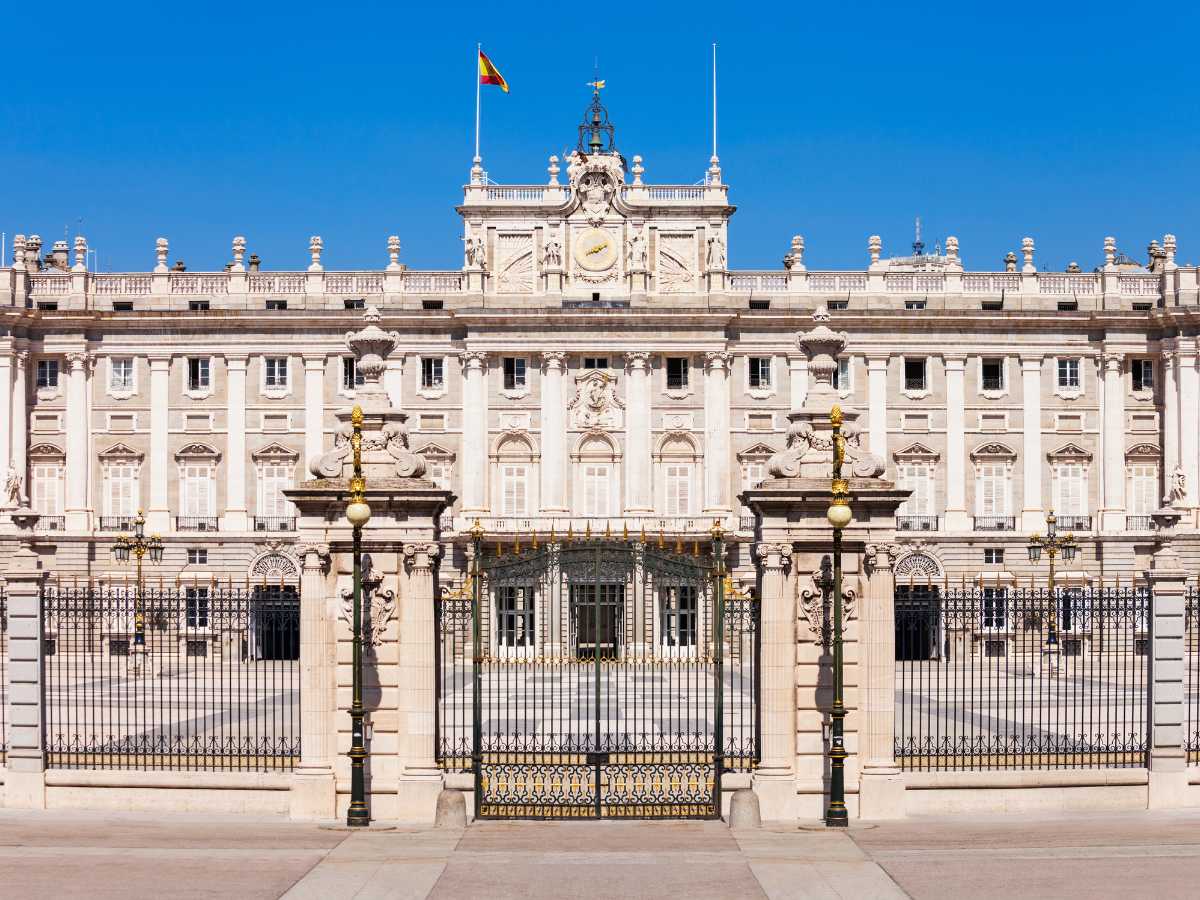
Barcelona vs Madrid: Safety Comparison
Now, let’s review each city in terms of safety.
U.S. Department of State Travel Advisory
Officially, the US Department of State travel advisory for Spain is currently Level 2 – Exercise Increased Caution due to terrorism and civil unrest.
It’s the same level as many other popular destinations in Europe, like the United Kingdom, Germany, France, and Italy.
It’s recommended to avoid demonstrations and crowds, and to be aware of your surroundings when traveling to tourist locations and crowded public venues.
The advisory is issued for the country of Spain as a whole and doesn’t specifically mention Barcelona or Madrid as areas of concern.
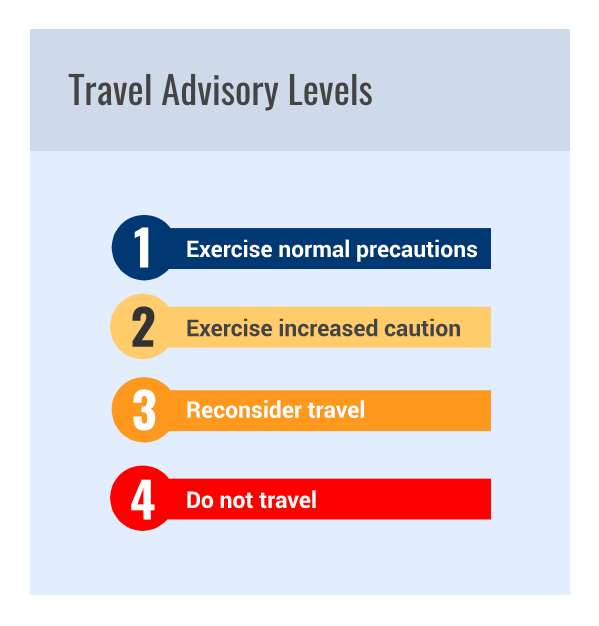
Crime and Safety Index
According to Numbeo , Madrid is generally safer than Barcelona, with a significantly lower crime index and a higher safety rating.
Barcelona has a moderate crime index of 51.78 (on a 100-point scale), largely due to its well-known issues with pickpocketing, especially in tourist-heavy areas.
In contrast, Madrid boasts a low crime index of 27.98, which makes it one of the safest capital cities in Europe.
Although both destinations are secure for tourists, it's crucial to remain vigilant about your environment, especially in busy areas such as subway stops and major sightseeing spots.
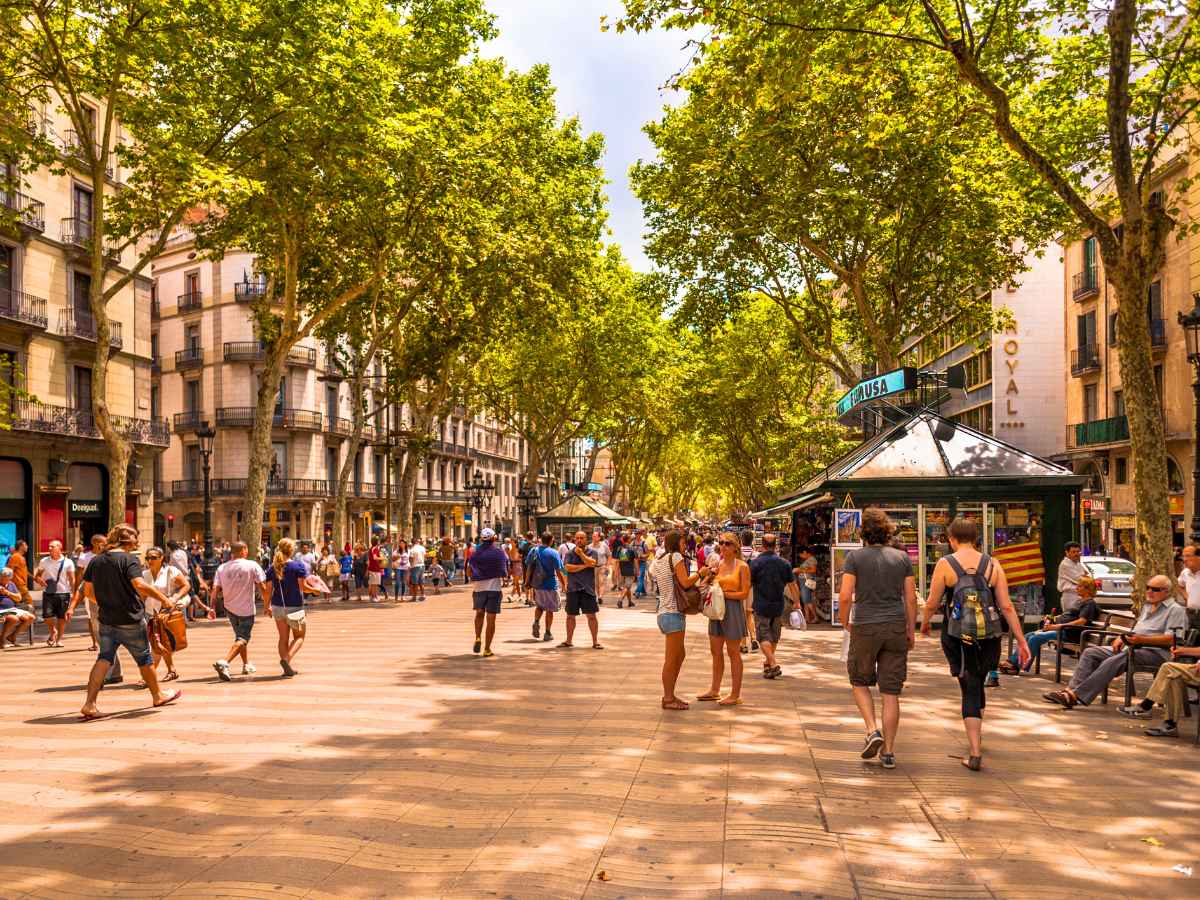
Is Madrid more secure compared to Barcelona?
Indeed, Madrid usually has lower crime rates compared to Barcelona based on statistical data; however, both cities tend to be quite secure for tourists provided they follow standard safety measures.
Barcelona is safe to visit , but pickpocketing is the biggest concern, especially in busy tourist areas like La Rambla and the metro.
I’ve never felt unsafe living in Barcelona, but I always recommend using a crossbody purse or belt bag along with a phone leash to avoid theft.
No matter which city you visit, staying aware of your surroundings and keeping your belongings secure at all times can make a big difference in your overall safety.

Barcelona vs Madrid: Cost Comparison
Now let’s break down the cost of traveling to each city:
How expensive is Barcelona?
Barcelona is generally more expensive than Madrid, especially when it comes to accommodation and dining.
Hotel prices in the city center typically range from €150–€300 per night, but during peak summer months, rates can be even higher.
Eating out varies depending on where you go—expect to pay €15–€25 per person for a casual meal and €40+ for a nice dinner with drinks.
Attraction tickets add to the cost, with entry to La Sagrada Familia starting at €26 and Park Güell at €18.
Public transportation is affordable at €12.55 for a 10-ride metro card, but taxis and ride-sharing services can add up.
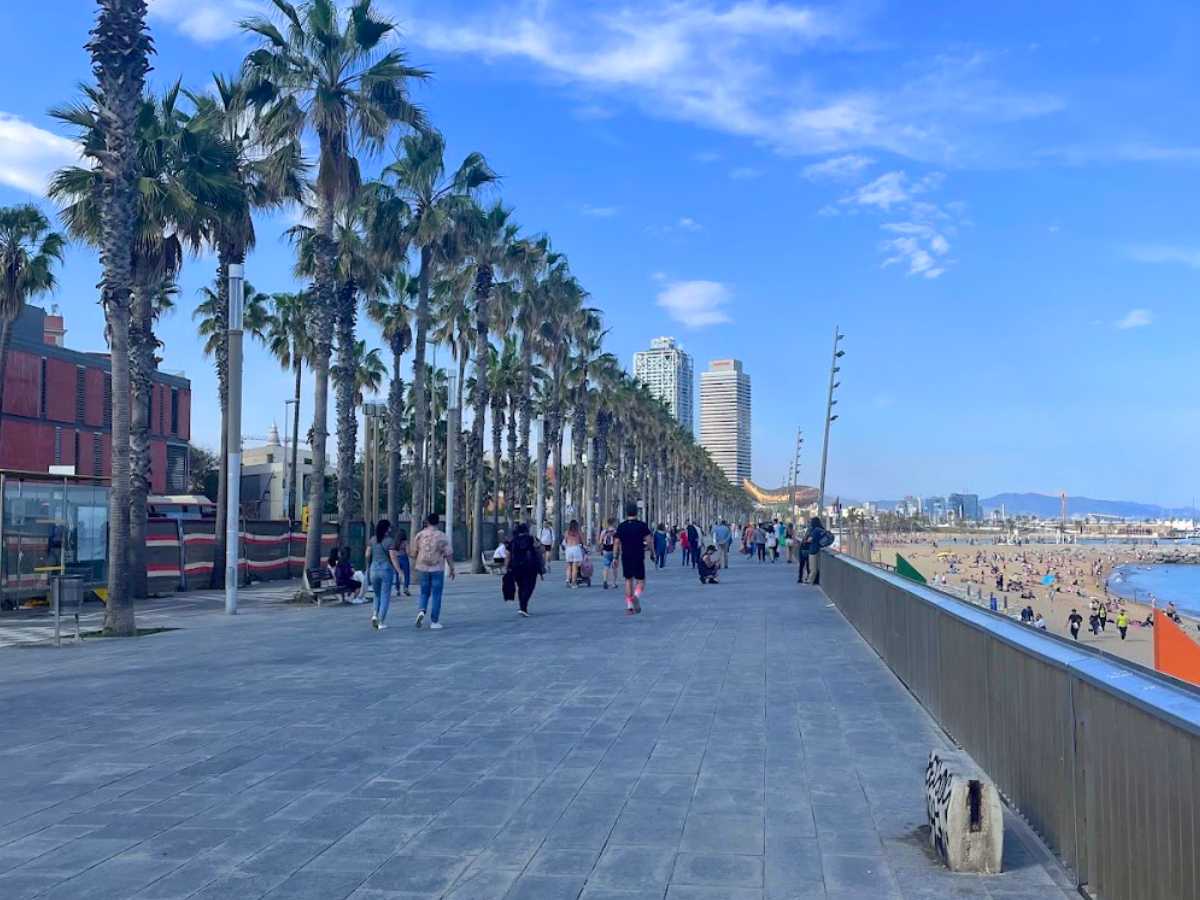
How expensive is Madrid?
Madrid is generally more affordable than Barcelona, making it a great option for travelers looking to keep costs down.
Hotels in the city center typically range from €100–€250 per night, though prices rise during peak seasons.
Dining is also slightly cheaper, with casual meals costing €12–€20 per person and sit-down dinners averaging €30–€50 with drinks.
Entry to top attractions like the Prado Museum is €15, and some museums offer free admission on select days.
Public transportation is budget-friendly, with a 10-trip metro card costing €9.10, and taxis are slightly cheaper than in Barcelona.
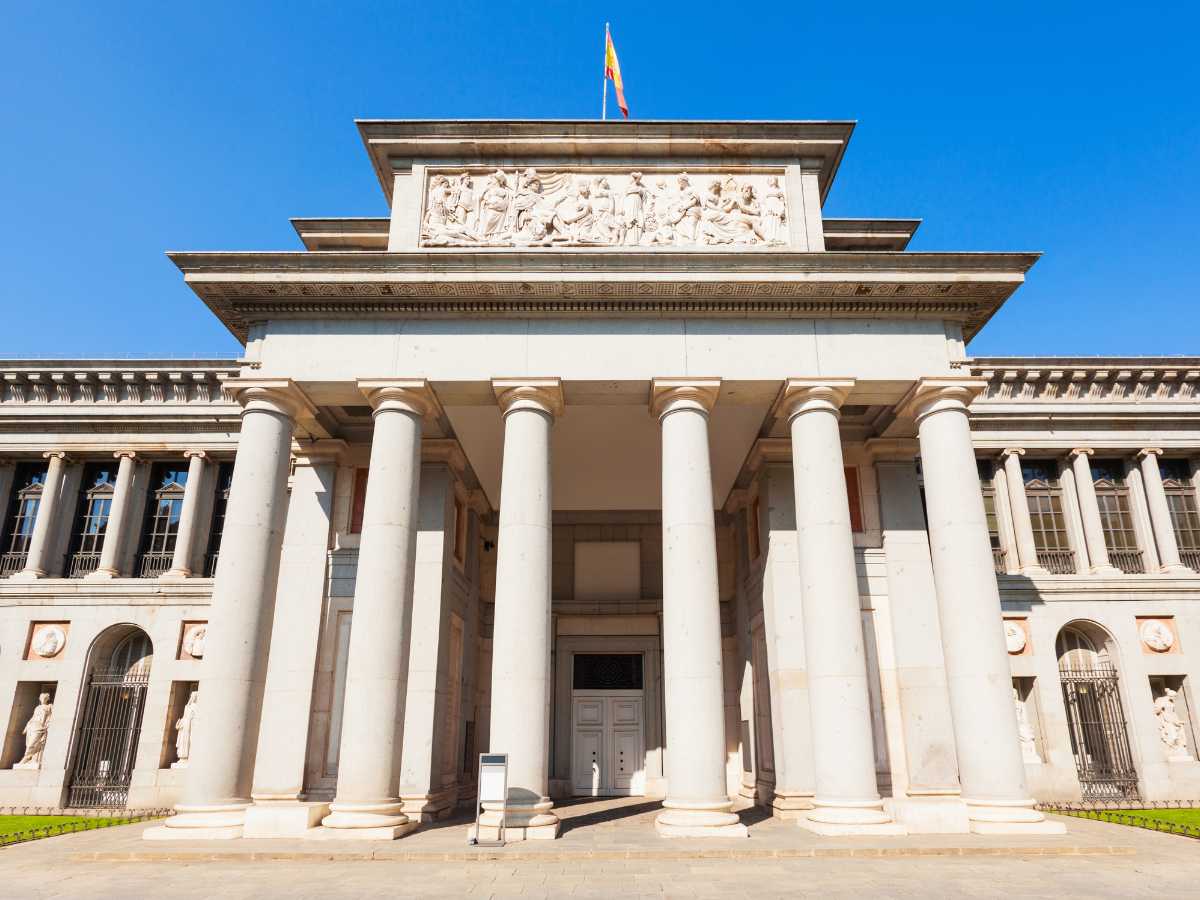
Barcelona vs Madrid: Hotels Comparison
When choosing where to stay, both Barcelona and Madrid offer a variety of accommodations to suit different budgets and preferences.
Hotels in Barcelona
Barcelona has a wide range of accommodations, from luxury hotels to boutique stays and budget-friendly options and hostels.
If you want to be close to major attractions, I’d recommend staying in the Eixample neighborhood, offering elegant hotels in a quieter and safer area.
For a more historic feel, the Gothic Quarter and El Born have charming boutique hotels and apartments within walking distance of restaurants and nightlife.
And if you prefer a more relaxed, beachfront experience, Barceloneta has hotels with stunning sea views.
Where to Stay in Barcelona
If you’re wondering where to stay in Barcelona , consider these options:
- Luxury : Mandarin Oriental Barcelona
- Mid-Range : Catalonia Catedral
- Budget: Hotel Santa Marta

Hotels in Madrid
Madrid provides a range of lodging choices, including upscale hotels as well as economical alternatives, with numerous selections located centrally within the city.
Gran Vía is a top choice for first-time visitors, with stylish hotels close to shops, theaters, and major attractions.
For a more historically rich atmosphere, both Barrio de las Letras and La Latina offer boutique hotels and delightful accommodations close to classic tapas bars and cultural landmarks.
If you opt for a more tranquil and luxurious setting, Salamanca offers refined accommodations along with premium retail options.
Where to Dwell in Madrid
If you're unsure about where to lodge in Madrid, take these suggestions into account:
- Luxury : Four Seasons Hotel Madrid
- Mid-Range : Dear Hotel Madrid
- Budget : Hostal Central Palace Madrid
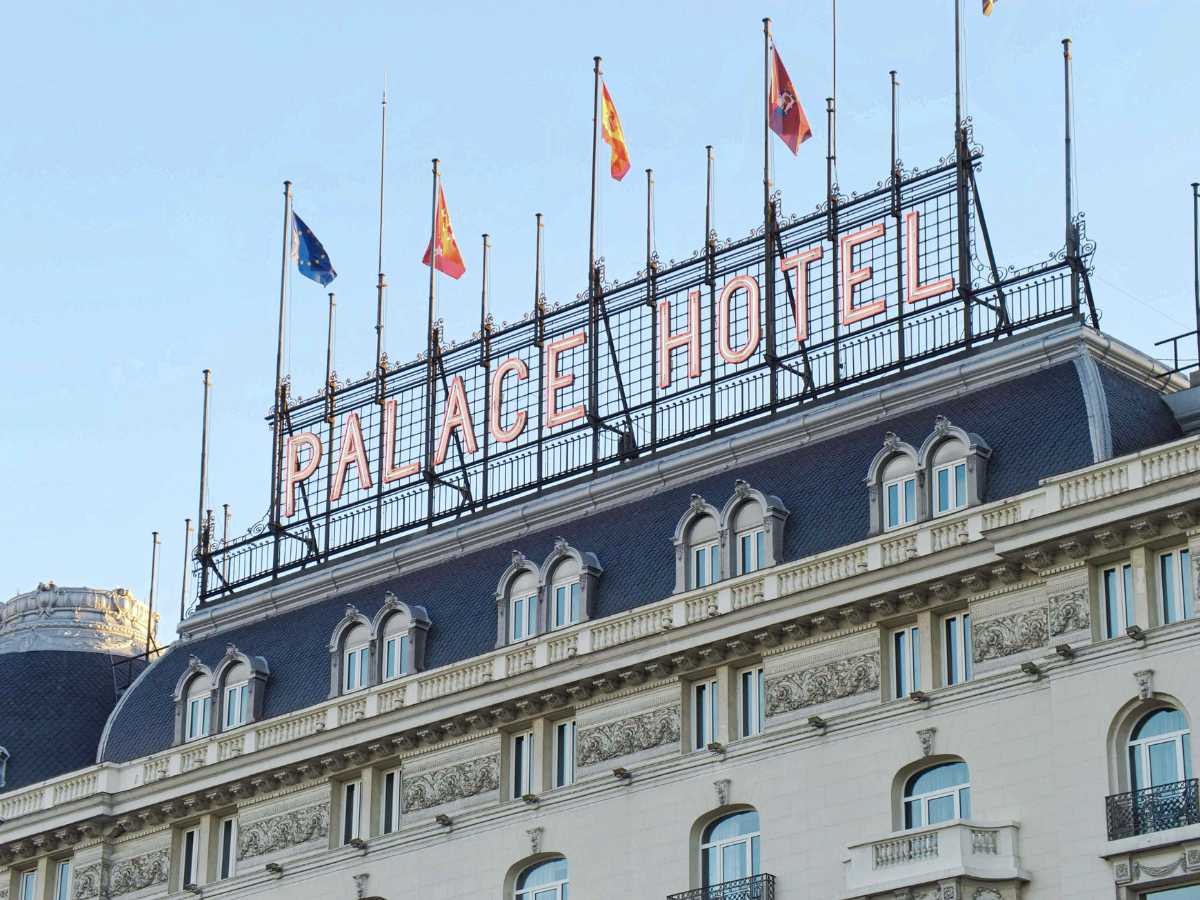
Barcelona vs Madrid: Activities Comparison
Both cities offer plenty to see and do, but Barcelona leans more toward outdoor attractions, while Madrid stands outs with its museums and cultural experiences.
Best Things to Do in Barcelona
Here are some of the top activities in Barcelona:
- Visit La Sagrada Familia: Antoni Gaudí’s iconic unfinished basilica is a must-see, with its towering spires and stunning stained glass interior.
- Explore Park Güell: This colorful park features Gaudí’s signature mosaic designs, unique architecture, and panoramic views of the city.
- Stroll through the Gothic Quarter : Wander through the narrow medieval streets of the Gothic Quarter , exploring hidden plazas and historic landmarks like the Barcelona Cathedral.
- Relax at Barceloneta Beach: Enjoy the Mediterranean sun, walk along the promenade, or grab fresh seafood at a beachfront restaurant.
- Take a day trip to Montserrat: Just an hour from Barcelona, Montserrat is a scenic mountain retreat that is home to a historic monastery, hiking trails, and incredible views.

Best Things to Do in Madrid
Here are some of the top activities in Madrid:
- Tour the Royal Palace: Explore one of Spain’s most famous monuments , known for its lavish interiors, grand staircases, and stunning frescoes.
- Visit the Prado Museum: One of the world’s top art museums, the Prado houses masterpieces by Velázquez, Goya, and Rubens.
- Walk through El Retiro Park: This large verdant area is ideal for a casual walk, rowing on the lake, or unwinding near the Crystal Palace.
- Experience the nightlife in Malasaña : Madrid’s trendiest neighborhood is packed with lively bars, music venues, and late-night spots popular with locals.
- See a flamenco show : Watch Spain’s most passionate dance performance at an authentic tablao, where talented dancers and musicians bring the art form to life.

Barcelona versus Madrid: A Comparative Look at Their Restaurants
Below is a comparison of the two cities in terms of their dining scenes:
Barcelona Restaurants
Barcelona’s culinary landscape blends classic Catalonian dishes with contemporary gastronomy, offering a wide range from casual tapas bars to restaurants with Michelin stars and seaside xiringuitos.
Most menus feature seafood alongside regional favorites such as paella and fideuà.
Some of the top dishes to sample in Barcelona Include toast with tomato, bombs, and calçots served with romesco sauce during their season.

Madrid Restaurants
The culinary landscape of Madrid leans heavily towards traditional Spanish fare, featuring classic taverns, bustling tapas bars, and upscale eateries.
Some of the best foods to try in Madrid include cocido madrileño (a hearty chickpea stew), bocadillo de calamares (fried calamari sandwich), and tortilla española.
The city is also known for its late-night dining culture, where locals gather for tapas and vermouth well into the evening.
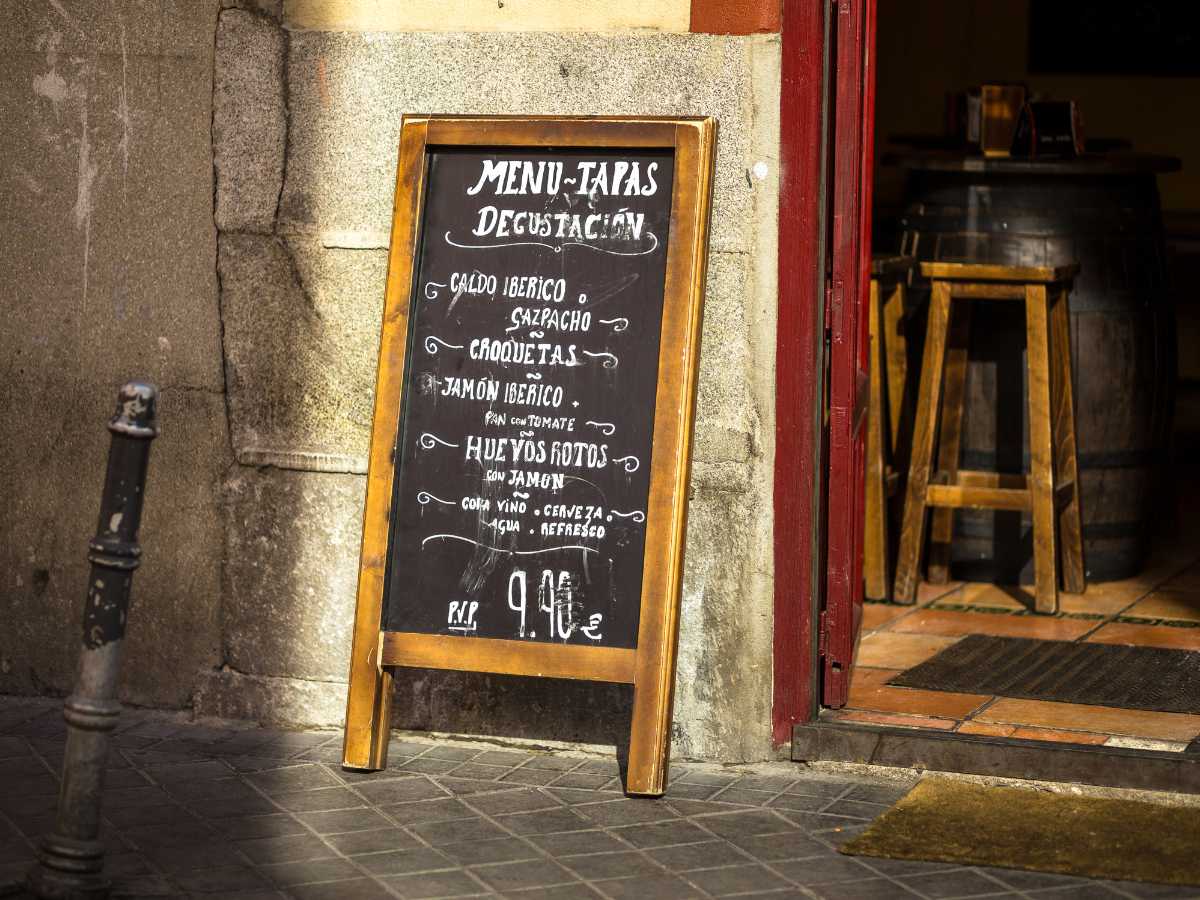
Barcelona vs Madrid: Nightlife Comparison
Here’s how the two cities compare when it comes to nightlife:
Barcelona Nightlife
Barcelona’s nightlife is lively and diverse, with everything from beachfront clubs to intimate cocktail bars and hidden speakeasies .
The city is known for its late-night culture, where most locals don’t head out until midnight and clubs stay open until sunrise.
Popular areas for nightlife include El Born for traditional bars, Eixample for cocktail lounges, and Port Olímpic for beachfront partying.
If you’re looking for things to do in Barcelona at night , you can enjoy rooftop drinks, live flamenco performances, or dance until dawn at some of the city’s best clubs.
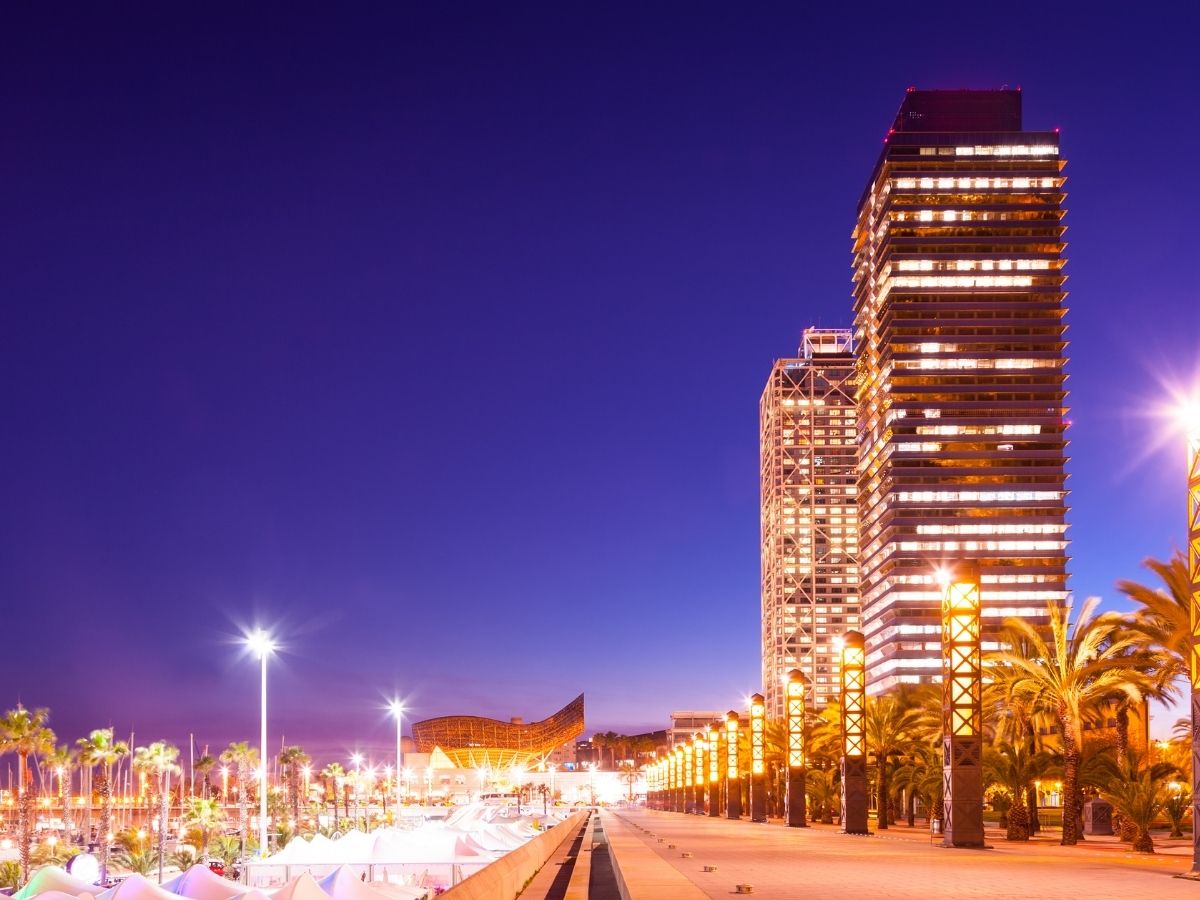
Madrid Nightlife
Madrid’s nightlife is one of the best in Spain, with lively bars, late-night tapas spots, and clubs that stay open until sunrise.
The city is famous for its tardeo culture, where evenings start with drinks and tapas before heading to the bars or clubs.
Popular nightlife areas include Malasaña for hipster bars, La Latina for traditional taverns, and Gran Vía for upscale lounges and rooftop views.
You can experience a flamenco performance, savor cocktails in an underground bar, or hit up famous nightclubs such as Teatro Kapital.
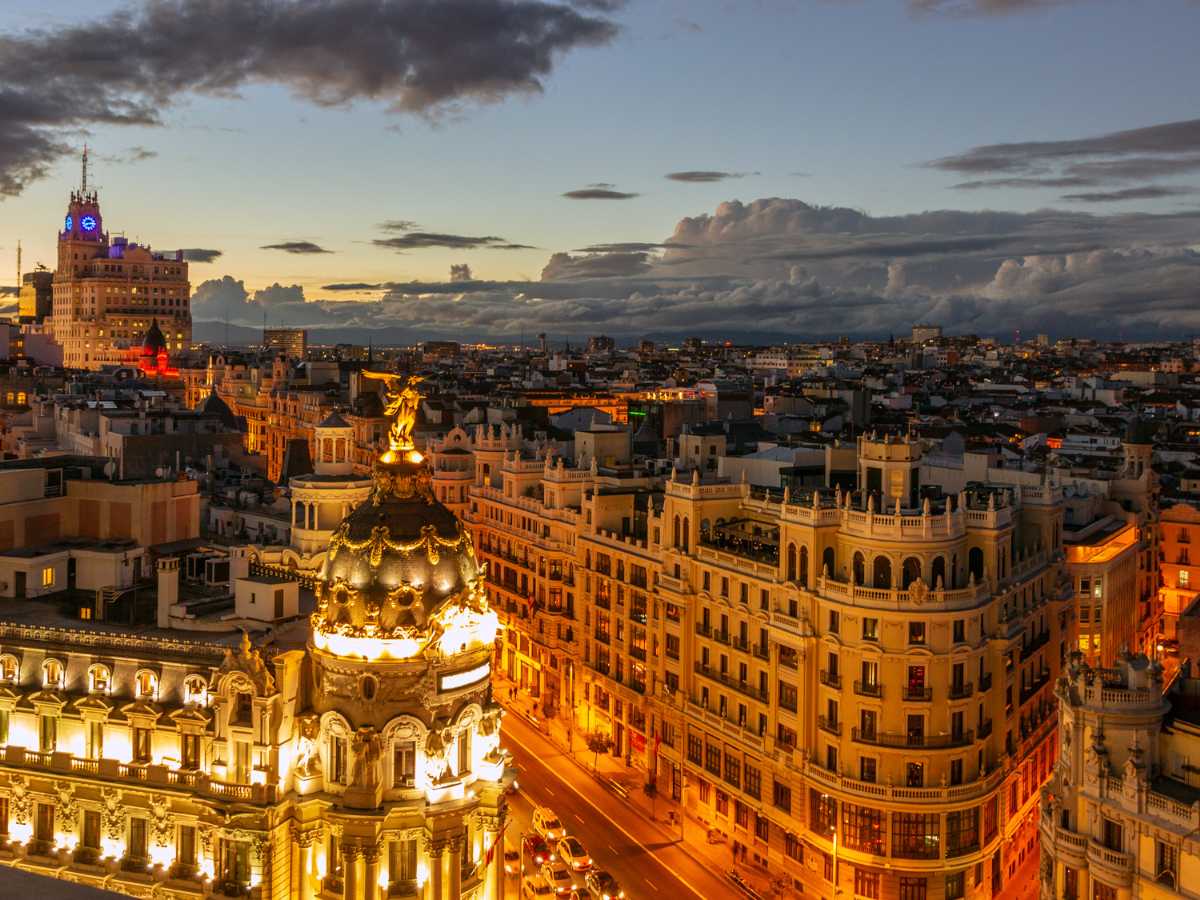
Madrid vs Barcelona: FAQs
Below are responses to several commonly asked queries regarding Barcelona and Madrid:
Is Madrid worth visiting?
Absolutely, Madrid deserves a visit for its top-notch museums, historical sites, and lively nightlife.
What makes Barcelona such a beloved destination?
The blend of remarkable architecture, sandy beaches, and vibrant districts in Barcelona contributes to its status as one of Europe’s top travel destinations.
Which months offer the best weather for visiting Barcelona?
The optimal times to visit Barcelona May, June, and September offer agreeable weather with smaller crowds.
What is the optimal time to go to Madrid?
The ideal period to explore Madrid is during late spring (April-May) and early autumn (September-October), when you can enjoy moderate weather conditions and avoid large groups of tourists.
How long should you stay in Madrid for an adequate visit?
3-4 days is typically enough to see Madrid’s main attractions and enjoy its food and nightlife.
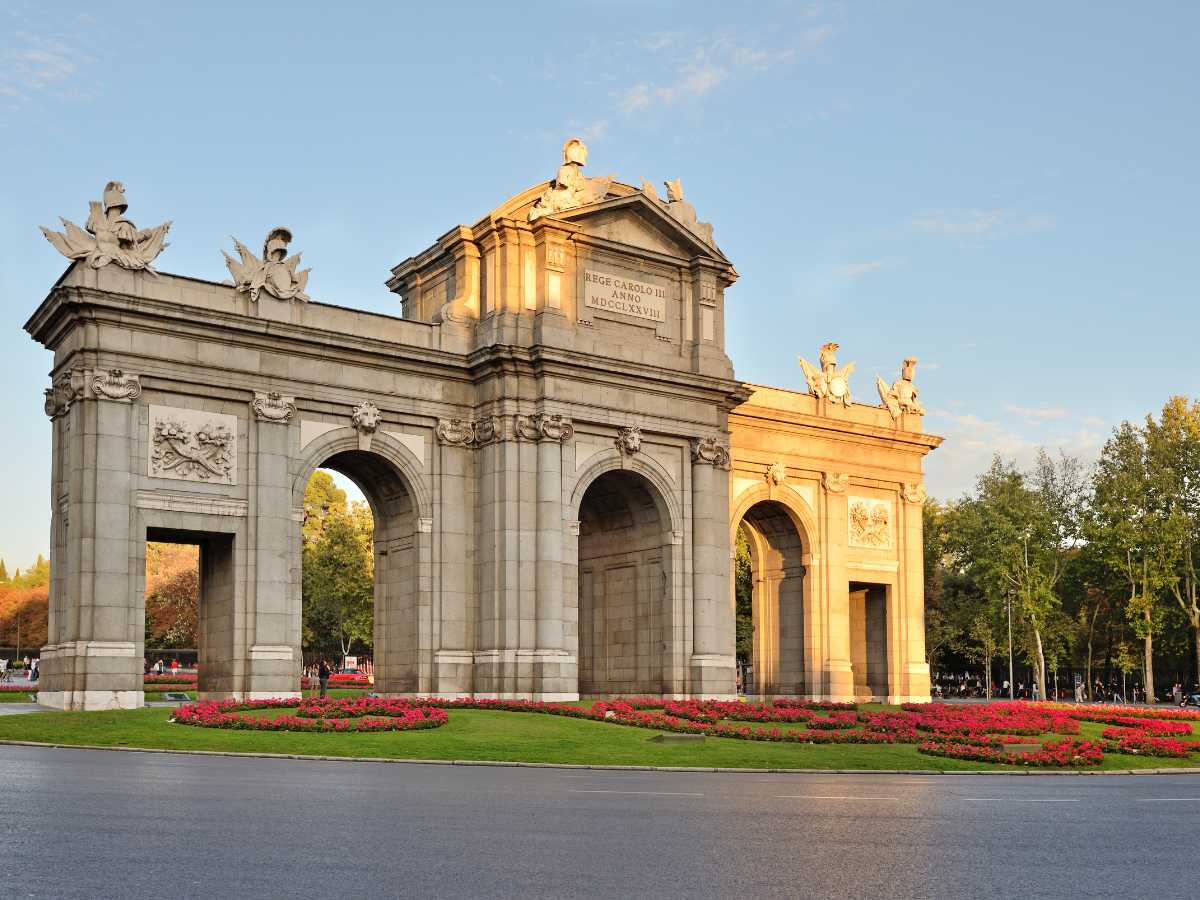
Final Thoughts: Is Madrid or Barcelona Better to Visit?
I hope this guide has helped you decide whether Madrid or Barcelona is the better fit for your trip!
Both cities offer incredible experiences, but your choice depends on what you’re looking for.
Barcelona is great for coastal views, Gaudí’s architecture, and a more laid-back vibe, while Madrid is perfect for history, world-class museums, and an authentic Spanish atmosphere.
No matter which city you choose, you’ll find amazing food, vibrant neighborhoods, and plenty to explore.
If you have time, visiting both is the best way to experience Spain’s unique regional differences.
Either way, you’re in for an unforgettable trip!
READ NEXT:
- 30 Famous Monuments in Spain You Must Visit
- Where to Stay in Barcelona for First Time Visitors
- Should You Visit Barcelona? Travel Guide & Advice
This article originally appeared on Splendidly Spain .